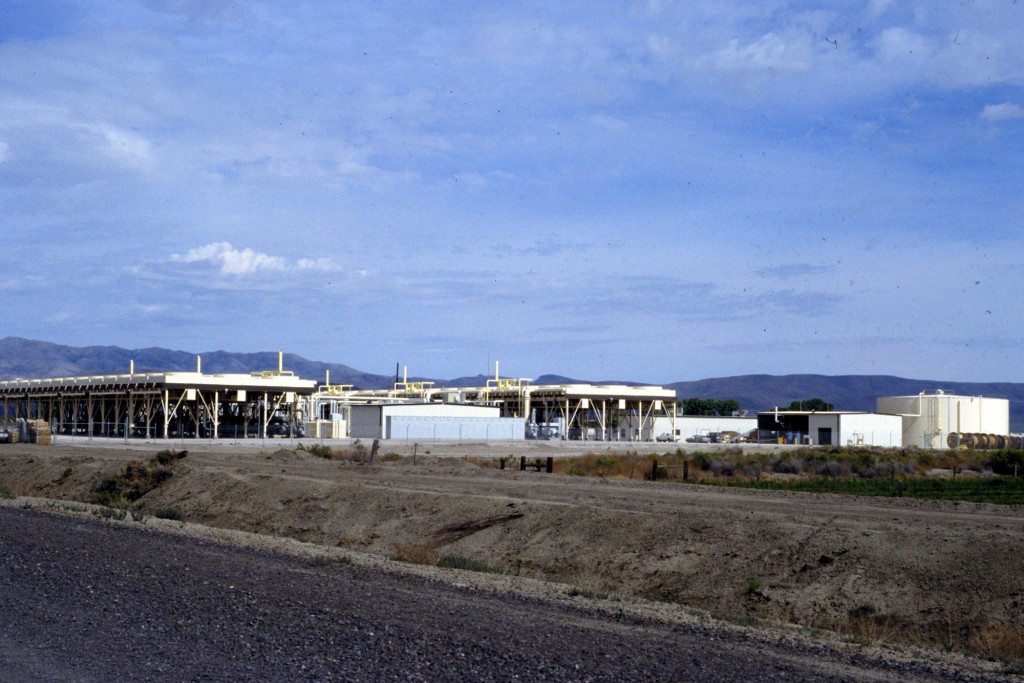Enel Green Power states less need of incentives for development
Enel Green Power states that public incentives for green energy will be phased out sooner than expected and that renewables simply are becoming more and more competitive with traditional sources of energy.
In news from Italy, Enel Green Power states that “public incentives for green energy will be forcibly phased out in the next five to ten years”, and that “geothermal plants in [Italy] operate without incentives.”
Well, this is easy to say, as there has been no geothermal development in Italy at all. Furthermore the company is utilizing incentives in different geographics for its geothermal development. E.g. tax credits, loan guarantees etc in the U.S., exploration risk insurance in Chile, as well as other tools like carbon credits, feed-in-tariffs etc. in other countries. So while statements like this might make sense for other renewables. Geothermal still needs incentives for kick-starting projects, despite being competitive in the long-run.
In the news the company states, that “Public incentives for green energy will be forcibly phased out in the next five to 10 years–faster than widely expected–the head of the world’s biggest renewables company by revenue Enel Green Power SpA said.
“Incentives were needed to kick-start the industry,” Francesco Starace, Enel Green Power’s president, said in a recent interview with Dow Jones Newswires. “They should be gradually reduced for new investments as grid parity is gradually reached.”
Grid parity is when the cost of generating electricity from renewable sources approaches that of fossil fuel power generation. Currently it is significantly more expensive to generate power from, for example, solar versus coal or natural gas.
But prices for equipment such as photovoltaic panels and wind turbines are falling fast, speeding up the arrival of pricing parity with conventional energy sources, Starace said.
“We are looking at an industry that will be much, much more competitive,” he said.
Enel Green Power is a subsidiary of Enel SpA (ENEL.MI), Italy’s biggest utility. Enel plans to sell a minority stake in the renewables company for about EUR4 billion this fall.
Today, Enel Green Power receives incentives on 30% of its group output by revenue, Starace said. That figure falls to 25% in Italy because hydroelectric and geothermal plants in the country operate without incentives, he added.
Public subsidies have spurred a boom in the green energy sector, helping makers of solar panels and wind turbines as well as electricity producers looking to turn a profit while helping governments comply with European targets for renewable power generation.
Now, incentives are at risk as cash-strapped governments roll out austerity plans. Meanwhile, mass production and technological innovation are driving costs down across the industry.
Spain and Germany are cutting the very incentives that propelled them to the top of the solar energy league. Italy has said it will reduce its more recent–but very generous–solar power incentives in its new 2011-13 scheme.
That’s fine, said Starace.
“We can’t chase incentives,” he said. “We look at them, but we have to look through them” to determine which projects to pursue.
While opportunities in renewables are immense, Enel Green Power is focused on markets with long-term growth opportunities, he said. The sheer scale of opportunities means “you have to be disciplined and not think you need to put your flag all over the globe,” he added.
Enel Green Power is present in 16 countries and, for now, the focus is on North and South America, Europe and North Africa, Starace said. He pointedly omitted Asia, where abundant capital means that Enel Green Power gains little comparative advantage from its deep pockets.
Enel Green Power has special expertise in geothermal energy, or energy derived from heat within the earth, Starace said. The company is working on a deal to develop geothermal power in Turkey with a local partner as it looks to extend the company’s eastern frontier beyond Greece, Bulgaria and Romania.
The company has a century-old geothermal plant in Tuscany, and two new plants near Reno, Nevada, that use low-intensity hot water, rather than steam, to produce power.
Steam-powered geothermal is limited by local geology, but low-intensity geothermal “opens a lot of horizons” because it can be installed over a broader geography, Starace said.
Expertise in the area is a double benefit if, as he expects, renewable-energy production increasingly relies on a combination of sources–solar by day and geothermal by night, for instance.
The Rome-based company, which analysts estimate to be worth more than EUR12 billion, forecasts its generation capacity in 2014 will rise to 9.2 gigawatts from roughly 5.7GW today. Around 46% of the company’s electricity is now generated in Italy, while in 2014 it estimates that figure will drop to around 35% as it expands outside the country.
Enel Green Power has been self-financing since 2009 and posted a net profit the same year it was established as a separate entity in 2008.
The company plans EUR5.1 billion in capital expenditure through 2014, said Starace. The company will adjust investment plans according to the cost and availability of credit, he added.
“The velocity of growth is important, but creation of value is the key,” he said.
Asked if Enel Green Power’s dividend policy will be modeled on that of growth-focused renewable companies or that of conventional utilities, Starace said he expects it to be “aligned with the standard” of its parent Enel.
Enel pays out as dividends 60% of net profit, excluding special gains such as asset sales. That translates into a hefty 7% yield at the current Enel share price.”
Source: Wall Street Journal


















